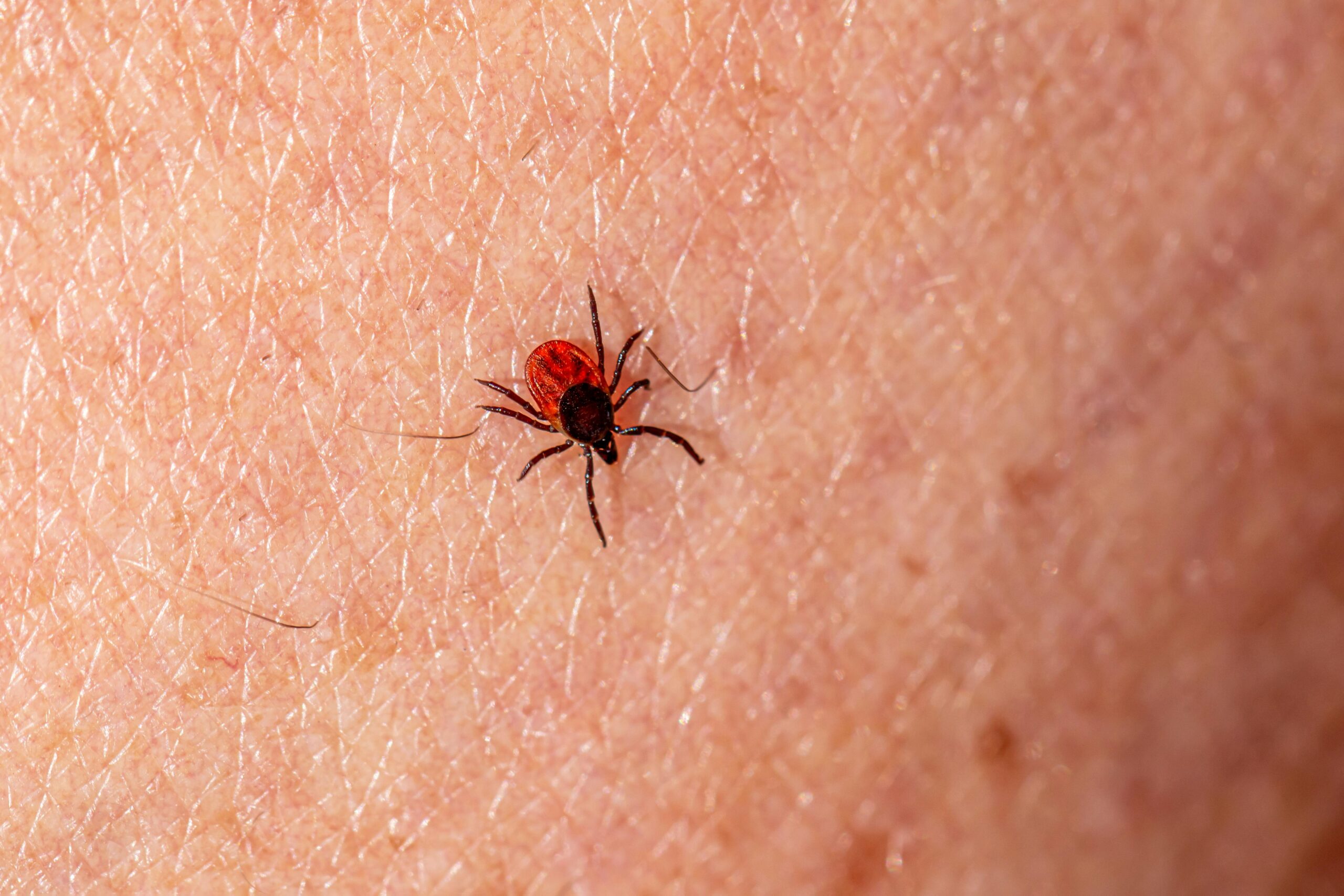Home Remedies for Ticks: Keeping Your Family and Pets Safe
Ticks are tiny, blood-sucking parasites that can pose a threat to both humans and pets. These arachnids are known for transmitting various diseases, making it crucial to address tick infestations promptly. While professional pest control is an option, there are also effective home remedies that can help keep your family and furry friends tick-free.
1. Essential Oils:
Many essential oils possess natural tick-repelling properties. Some popular choices include:
- Tea Tree Oil: Mix a few drops of tea tree oil with a carrier oil and apply it on your skin or your pet’s fur.
- Eucalyptus Oil: Dilute eucalyptus oil with water and spray it on clothing or in the surroundings.
- Lavender Oil: Create a lavender oil spray to repel ticks from your living spaces.
2. Apple Cider Vinegar:
Apple cider vinegar is known for its versatile uses, and repelling ticks is one of them. Mix equal parts of water and apple cider vinegar, and use the solution as a spray on yourself or your pets. Additionally, adding a teaspoon of apple cider vinegar to your pet’s water bowl can help repel ticks from within.
3. Diatomaceous Earth:
Diatomaceous earth is a natural, powdery substance that can be sprinkled around your home and garden. It works by dehydrating and killing ticks upon contact. Make sure to use food-grade diatomaceous earth, and reapply after rain.
4. Neem Oil:
Neem oil, derived from the neem tree, has strong anti-tick properties. Create a neem oil spray by mixing a few drops with water and apply it to skin, clothing, or pet fur. This natural remedy is safe for both humans and animals.
Also Read: Home Remedies for Bed bugs: Reclaim Your Sleep Sanctuary
5. Rosemary:
Rosemary is not just a flavorful herb but also a natural tick deterrent. Make a rosemary-infused oil by steeping dried rosemary in a carrier oil. Apply this oil to your skin or your pet’s fur for protection.
6. Keep Your Lawn Tidy:
Ticks thrive in tall grass and dense vegetation. Regularly mow your lawn, trim bushes, and remove tall weeds to create an environment less hospitable for ticks. This practice also helps reduce the risk of ticks entering your home.
7. Tick-Repellent Collars:
For pets, consider using tick-repellent collars. These collars are infused with natural substances like essential oils that help keep ticks at bay. Ensure the collar is non-toxic and suitable for your pet’s size and breed.
8. Frequent Checks and Removal:
Perform regular tick checks on yourself, family members, and pets, especially after spending time outdoors. Use fine-tipped tweezers to grasp the tick close to the skin’s surface and pull upward with steady, even pressure. Cleanse the bite area and your hands with rubbing alcohol, an iodine scrub, or soap and water.
Also Read: Home Remedies for Mites: Conquering Mites
9. Homemade Tick Spray for Pets:
Create a simple, homemade tick spray for your pets by combining water, apple cider vinegar, and a few drops of essential oils like eucalyptus or lavender. Spray this mixture on your pet’s fur before outdoor activities.
10. Consult a Vet:
If your pet is prone to ticks, consult with a veterinarian for advice on suitable preventive measures, including oral medications or spot-on treatments that can provide additional protection.
Remember, while these home remedies can be effective, it’s crucial to stay vigilant and take preventive measures to avoid tick bites. If you notice persistent issues or signs of tick-borne diseases, seek professional medical or veterinary assistance. With a proactive approach and these home remedies, you can create a safer environment for your family and pets, reducing the risk of tick-related problems.












